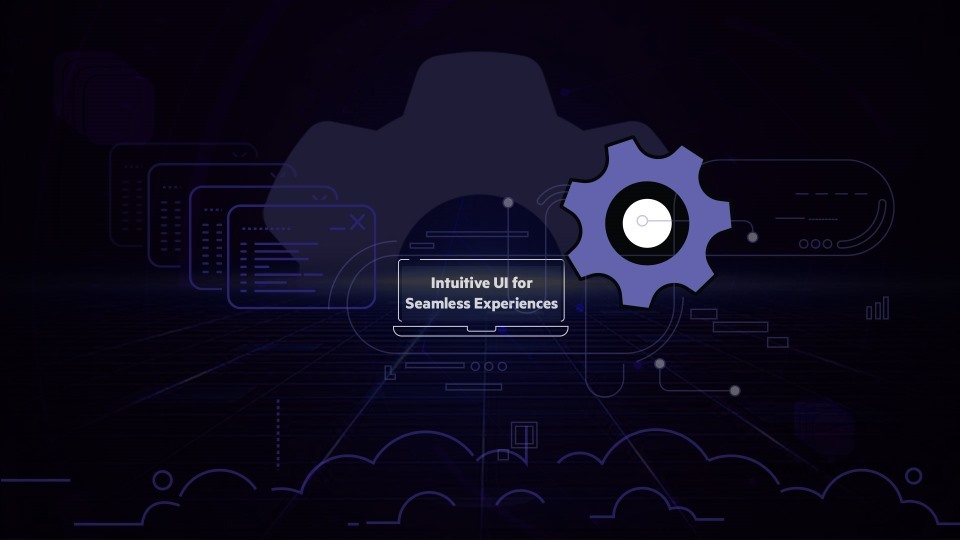
Creating and maintaining a seamless user experience across digital applications is far from easy. Many organizations find themselves investing heavily in UI upkeep, only to struggle with inconsistencies, delays, and rising costs. The challenges become even more evident as customer expectations and compliance standards continue to evolve.
In this article, we explore how Pega addresses these core UI challenges through an innovative approach that balances flexibility with efficiency.
Customization vs Configuration
When you are looking for crafting bespoke UI elements and deep control, the best option is customization. It addresses specific business needs with tailored interfaces. However, in some situations, configuration empowers teams to assemble user interfaces rapidly using reusable, modular components without customization.
Pega Constellation design system takes configuration to the next level by developing low-code solutions to design powerful applications without touching custom code.
The out-of-the-box (OOTB) platform offers essential templates, components, and capabilities built in, eliminating the need for additional customization.
This includes:
- Standard UI templates (forms, layouts, navigation)
- Predefined case management flows
- Common integrations (email, notifications)
- Reusable patterns for approvals, escalations, and SLA handling
- Reduced maintenance overhead and mitigated risk through standardized components
Slow Performance & Laggy Experience
Traditional low-code apps or platforms often experience slow UI performance due to heavy reliance on server-side rendering and large data payloads. Applications suffer from slower interaction times, heavier network payloads, and increased initial server requests, degrading user experience.
Pega Constellation’s Single Page Application (SPA) architecture overcomes these issues by shifting much of the UI work to the user’s web browser with a ReactJS-based client-side engine.
Constellation design system delivers:

These optimizations ensure a smoother, faster, and more efficient user experience, helping organizations reduce system load.
API-first for Unified Experience
Without an API-first approach, organizations often struggle with inconsistent data flows, fragmented user interfaces, and slow development cycles. Front-end teams may face delays integrating with back-end systems, and changes in one application can break others, resulting in disjointed user experiences.
By designing APIs first, Pega ensures standardized data and process management, making it easier to build, scale, and maintain applications.
Before a pixel is placed on the screen, robust API design lays the groundwork to ensure consistency and scalability.
Pega’s API-first approach focuses on:
- Early and thoughtful API design to standardize data and function flow between back-end services and UIs.
- Reusable, standardized APIs that support interoperability and maintain clear contracts.
- Use of global standards like RESTful APIs.
- Flexibility for front-end developers to use any framework (React, Angular).
- Enhanced developer productivity, allowing parallel development, faster iterations, and seamless integration with external systems.
- Improved security and scalability through well-defined API contracts.
Pega Constellation offers seamless, high-performance user experiences through its modern SPA architecture and API-first design. It enables organizations to build, deploy, and scale applications faster while maintaining flexibility to adapt to evolving business needs and compliance requirements.
As a trusted Pega implementation partner, EvonSys brings deep expertise in low-code app development, API integration, and user experience design to unlock the full potential of the Pega Constellation design system.